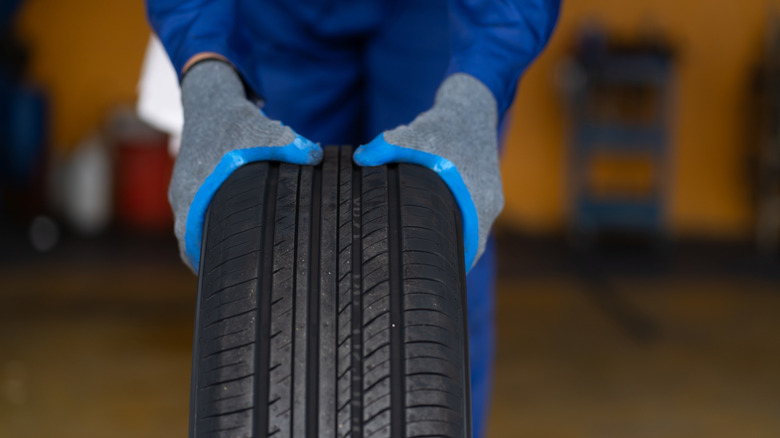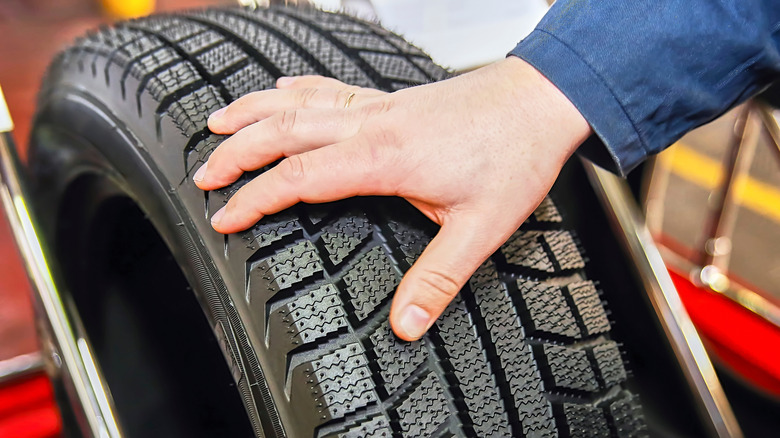Why Is Tire Tread Depth Measured In 32nds?
Few car maintenance tasks are as crucial (or as often overlooked) as tire tread depth. It's a major part of determining how safe, effective, and long-lasting your tires are, and yet it's rarely ever discussed. In the United States, tread depth is measured in 32nds of an inch. At first glance, that might seem like an odd unit of measurement. Why not just use millimeters or even tenths of an inch? To understand this, it helps to look at the history, purpose, and practicality behind the standard.
For starters, tread depth is the vertical distance between the top of the tire's rubber tread and the bottom of its deepest grooves. These grooves are there to help the tire channel water, maintain grip, and handle safely on different road surfaces. As tires wear down, the depth of these grooves decreases. This wearing down can seriously hurt performance, especially in wet or snowy conditions. New passenger car tires typically start with about 10/32" to 11/32" of tread depth. Specialized tires, such as winter tires or those used on light trucks, typically start with even more. But once tread depth reaches 2/32", the tire is considered legally worn-out in most U.S. states.
The reasoning behind 32nds of an inch
The choice to use 32nds of an inch isn't some arbitrary thing; It's rooted in both tradition and practicality. For one, tire design and measurement standards in the U.S. have historically aligned with the imperial system. While many countries measure tire tread in millimeters, American manufacturers and regulators continue to use inches.
However, a full inch is too large a unit to effectively measure something as precise as tire wear. Breaking it down into 32 parts allows for more specificity. This unit makes it easier to detect small changes in tread depth that could have a dangerous impact on safety. Since most tires start with about 10/32" of tread, and the legal minimum is 2/32", having those increments provides enough room to monitor wear meaningfully over time.
Of course, being such a tiny unit of measurement, tread depth can't be easily determined with a standard ruler. (Not to mention, it's super difficult to eyeball such small fractions.) That's why professionals and many vehicle owners use a tire tread depth gauge for quick and precise readings. For those without a gauge on hand, there's the well-known penny test: Insert a penny into the tire tread with Lincoln's head facing down. If you can see the top of his head, your tread is 2/32" or less.
Why you need to measure tire tread depth
A tire with only 3/32" or 4/32" of tread may be allowed on the road legally, but that doesn't mean it's ideal, especially in wet or winter conditions. The more your tire's tread wears down, the greater risk your car faces with things like hydroplaning or poor braking. That's why experts often recommend replacing tires before they reach the legal minimum: They say 6/32" is as low as you should let your tires get before they no longer provide a reliable amount of performance and safety.
Remember: Different road conditions call for different tread depths. No matter if it's snow, rain, or gravel, deeper tread translates to better performance in extreme conditions. However, too much tread can actually hurt your handling on dry roads. If you're unsure of your tire tread depth and worry yours might not be safe enough for your driving habits, it's always wise to go into your favorite local tire shop and get things checked out. Out there on the road, you can really never be too careful.


